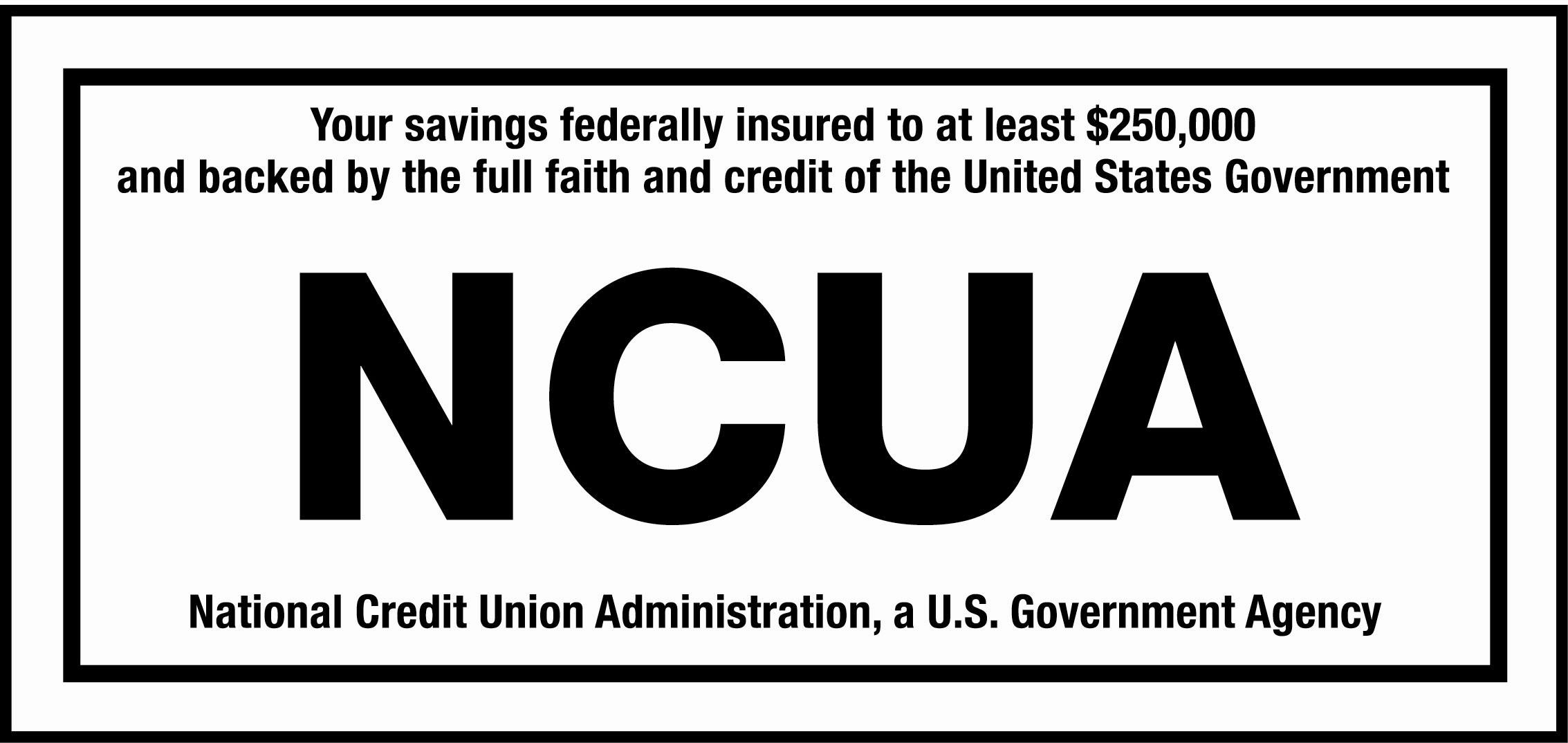Q&A: Why Are Prices So High Now?

Q: I’m trying to stick to my budget and be financially strong, but prices at the grocery and the gas pump are killing my mojo! What gives; why the high prices?
A: There are several factors causing prices to go up. Here’s what you’ll need to know about the sky-high prices that are dominating the post-pandemic economy.
What’s driving the increase in grocery prices?
First, the pandemic caused a shortage in many materials due to a prolonged disruption in the labor and supply chain. In turn, this caused the demand for and prices of these goods to rise.
Second, there’s a shortage in the labor market, which is likely attributed to inflated pandemic unemployment insurance. Employers are forced to offer more pay to attract workers. They then pass this extra cost on to consumers.
Finally, the increase in prices can be linked to the rising cost of gas, as we’ll explore below.
Why are gas prices so high?
It’s sticker shock at the gas pump, with prices as high as $4/gallon in some parts of the country. Here’s what’s causing the price of gasoline, and its primary component of crude oil, to peak.
- Basic rules of supply and demand. COVID-19 restrictions are finally ending around the globe. With more people on the move in their own vehicles and in public transit, demand for gas and crude increased, too.
- The presidential election. Crude oil prices have spiked by an average of $0.75 per gallon since the election. The oil markets assume the current administration will inhibit U.S. oil production, which leads to a tightening on the global oil market. Traders responded by driving up the price of crude oil.
- Seasonal market changes. The price of crude oil tends to rise and fall with the seasons, with prices generally rising in the spring and summer months.
- Change in the value of the dollar. Oil is priced in U.S. dollars within the world market. When the dollar is weak, as it is now, oil becomes more expensive for Americans.
What can I do about the rising cost of goods?
Unfortunately, as a private consumer, there’s not much you can do about the rising cost of goods. However, there are steps you can take to handle these costs.
First, make some changes to your monthly budget to accommodate these expanded spending categories by trimming discretionary expenses.
Next, incorporate cost-saving techniques to bring down these expenses. Think couponing, shopping the seasonal sales and buying items you always use in bulk. To save on gas costs, consider walking to work, carpooling when possible or using public transportation more often.
Rising prices might be hard on the wallet, but with some proactive steps, you can still stay on top of your finances and help bring your financial health back to pre-pandemic norms.



